As temperatures rise, it’s important to take extra precautions to stay safe and healthy during a heatwave. How to take care of yourself in a heatwave is crucial knowledge to have in order to avoid heat-related illnesses and stay comfortable in hot weather. Whether you’re spending time outdoors or indoors, there are heatwave safety tips that everyone should follow to ensure their well-being.
Main Points
- Stay hydrated by drinking plenty of water throughout the day.
- Avoid prolonged exposure to the sun and seek shade when outdoors.
- Wear lightweight, light-colored clothing to help keep your body cool.
- Use fans or air conditioning to stay cool indoors.
- Take cool showers or baths to lower your body temperature.
- Limit strenuous outdoor activities during the hottest parts of the day.
- Check on elderly or vulnerable individuals to ensure they’re staying cool and hydrated.
- Never leave children or pets unattended in hot vehicles.
- Be mindful of the warning signs of heat-related illnesses and seek medical attention if necessary.
- Stay informed about weather alerts and heatwave precautions in your area.

Understanding the Risks of Heatwaves
As the temperatures soar during the summer months, it’s crucial to understand the potential dangers associated with heatwaves. Here are some essential tips for staying safe and healthy during hot weather.
Heatwave Safety Tips
During a heatwave, it’s essential to take proactive measures to ensure your safety and well-being. Here are some heatwave safety tips to keep in mind:
- Avoid prolonged exposure to the sun.
- Stay hydrated by drinking plenty of water.
- Wear lightweight, loose-fitting clothing to stay cool.
- Seek out air-conditioned spaces or use fans to stay cool indoors.
- Take cool showers or baths to lower your body temperature.
Summer Heat Self-Care
When dealing with extreme heat, it’s essential to practice self-care to prevent heat-related illnesses. Here are some summer heat self-care tips:
- Rest and avoid strenuous activities during the hottest part of the day.
- Protect your skin with sunscreen and wear a wide-brimmed hat.
- Check on vulnerable individuals, such as the elderly or those with chronic illnesses.
Hot Weather Health
Understanding how hot weather can impact your health is crucial for staying safe during a heatwave. Here are some important considerations for hot weather health:
- Heat exhaustion and heatstroke are serious conditions that can result from prolonged exposure to high temperatures.
- Symptoms of heat-related illnesses include dizziness, headache, nausea, and confusion.
- If you experience these symptoms, seek medical attention immediately.
By following these heatwave safety tips, practicing summer heat self-care, and prioritizing your hot weather health, you can stay safe and healthy during periods of intense heat.
Recognizing the Signs of Heat-related Illnesses
It is crucial to be aware of the signs of heat-related illnesses during hot weather, especially during a heatwave. By recognizing these signs early on, you can take the necessary precautions to prevent serious health issues.
Common Heat-related Illnesses
Heat-related illnesses can range from mild heat cramps to life-threatening heatstroke. It is important to familiarize yourself with the following conditions:
| Illness | Symptoms |
|---|---|
| Heat Cramps | Muscle cramps, pain, or spasms during physical activity |
| Heat Exhaustion | Heavy sweating, weakness, dizziness, nausea, headache, fainting |
| Heatstroke | High body temperature, confusion, loss of consciousness, seizures |
Preventing Heat-related Illnesses
To stay safe during a heatwave, it is essential to take necessary precautions. Here are some heatwave wellness tips to prevent heat-related illnesses:
- Stay hydrated by drinking plenty of water
- Avoid prolonged exposure to the sun, especially during peak hours
- Wear lightweight, light-colored, and loose-fitting clothing
- Take frequent breaks in the shade or in air-conditioned areas
- Check on vulnerable individuals such as the elderly and young children
By recognizing the signs of heat-related illnesses and taking preventive measures, you can ensure your well-being during hot weather and heatwaves.
Creating a Plan for Staying Cool
When facing a heatwave, it is crucial to prioritize self-care and take necessary precautions to stay cool and safe. Creating a plan for staying cool can help you navigate through the high temperatures and avoid any heat-related illnesses. By following these tips and strategies, you can ensure that you and your loved ones stay comfortable and healthy during the hottest days of the year.
Evaluating Your Environment
Before the heatwave hits, take some time to evaluate your living space and identify areas that tend to get the hottest. This could include rooms with large windows that let in direct sunlight, poorly ventilated areas, or spaces with limited air circulation. By pinpointing these hot spots, you can take proactive measures to address them and make them more comfortable during the heatwave.
Staying Hydrated and Nourished
Hydration and nutrition play a critical role in helping your body cope with the extreme heat. Make sure to drink plenty of water throughout the day and consume hydrating foods such as fruits and vegetables. Avoid caffeinated or alcoholic beverages, as they can contribute to dehydration. Additionally, consider preparing light and refreshing meals that don’t require prolonged cooking or heating, such as salads or cold soups.
Utilizing Cooling Strategies
Implement various cooling strategies to lower the temperature in your living space. This could involve using fans, air conditioning, or creating cross-ventilation by opening windows on opposite sides of your home. You can also utilize cooling products such as ice packs, cooling towels, or portable air coolers to keep yourself comfortable. When going outdoors, seek out shaded areas and avoid prolonged exposure to direct sunlight.
By creating a plan for staying cool and implementing these strategies, you can better equip yourself to handle the challenges of a heatwave. Prioritizing self-care and taking proactive measures will help you stay healthy and comfortable, even in the most extreme temperatures.
Choosing Appropriate Clothing for Hot Weather
When it comes to dressing for hot weather, it’s important to choose clothing that will keep you cool and comfortable. Whether you’re heading to the beach, going for a hike, or just running errands, the right clothing can make all the difference. Here are some tips for choosing the appropriate clothing for hot weather:
1. Opt for lightweight and breathable fabrics
When it’s hot outside, you’ll want to choose clothing made from lightweight and breathable fabrics such as cotton, linen, or rayon. These materials allow air to circulate, helping to keep you cool and sweat-free. Avoid synthetic fabrics like polyester, which can trap heat and moisture.
2. Stick to light colors
Light-colored clothing reflects the sun’s rays, while dark colors absorb them, making you feel hotter. Opt for whites, pastels, or other light shades to help keep you cool.
3. Choose loose-fitting styles
Tight clothing can be uncomfortable in hot weather, so opt for loose-fitting styles that allow for air circulation. Flowy dresses, loose linen pants, and oversized shirts are all great options for staying cool.
4. Consider sun protection
If you’ll be spending a lot of time outdoors, it’s important to consider clothing with built-in sun protection. Look for clothing with a UPF (Ultraviolet Protection Factor) rating, and don’t forget to wear a wide-brimmed hat and sunglasses for added protection.
5. Don’t forget about your feet
When it’s hot outside, you’ll want to wear breathable footwear such as sandals or lightweight sneakers. Avoid wearing socks with closed-toe shoes, as this can trap heat and moisture.
By choosing the right clothing for hot weather, you can stay cool, comfortable, and stylish no matter how high the temperature rises.
Staying Hydrated in High Temperatures
During hot summer months, it is crucial to stay hydrated to prevent dehydration and heat-related illnesses. High temperatures can lead to excessive sweating and fluid loss, so it is essential to drink plenty of water throughout the day.
Water is the best choice for staying hydrated in high temperatures. It helps regulate body temperature, lubricate joints, and transport nutrients to cells. In addition to water, electrolyte-rich beverages such as sports drinks can be beneficial for replenishing lost minerals through sweating.
Tips for staying hydrated in high temperatures:
1. Carry a reusable water bottle with you at all times and sip on it regularly.
2. Avoid excessive caffeine and alcohol consumption, as they can contribute to dehydration.
3. Eat water-rich foods such as cucumbers, watermelon, and oranges to increase your fluid intake.
Remember that staying hydrated is essential for overall health and well-being, especially in high temperatures. By prioritizing water intake and following these tips, you can better prepare your body to handle the heat and stay healthy during the summer months.
Identifying Safe Outdoor Activities for Hot Days
When the temperature rises and the sun is blazing, it’s important to choose outdoor activities that are safe and enjoyable. Whether you’re spending time with family and friends or simply looking to get some fresh air, it’s crucial to consider the heat and take precautions to stay cool and hydrated.
Water-Based Activities
One of the best ways to beat the heat on hot days is to engage in water-based activities. Swimming, kayaking, and paddleboarding are all excellent options for staying cool while enjoying the outdoors. These activities not only provide relief from the heat but also offer a great workout.
Shaded Hiking Trails
For those who enjoy hiking, opting for shaded trails can make a significant difference on hot days. Look for trails that are surrounded by trees and offer ample shade. It’s also important to hike during the cooler parts of the day, such as early morning or late evening, to avoid the peak heat.
Outdoor Yoga or Tai Chi
Engaging in outdoor yoga or Tai Chi can be a calming and refreshing way to spend time outside. Look for shaded areas in parks or gardens to practice these gentle forms of exercise. Remember to bring a water bottle and stay hydrated throughout your practice.
Al Fresco Dining
Enjoying a meal outdoors can be a great way to savor the warm weather while staying safe. Look for restaurants or cafes with outdoor seating options and shaded areas. Avoid peak sun hours and opt for dining during late afternoon or early evening for a more comfortable experience.
Quote
“It’s essential to prioritize safety and comfort when engaging in outdoor activities during hot days”
When participating in outdoor activities on hot days, remember the three key words: hydration, shade, and comfort. By keeping these in mind, you can ensure a safe and enjoyable outdoor experience even in the hottest of temperatures.
Protecting Vulnerable Individuals from Heat-related Risks
Heatwaves have become increasingly common in recent years, posing a significant risk to vulnerable individuals. It is essential to take proactive measures to protect these individuals from the potential health hazards associated with extreme heat.
Key Measures to Protect Vulnerable Individuals:
- Education: It is crucial to educate vulnerable individuals, their caregivers, and the community about the risks of heat-related illnesses. This includes providing information on symptoms to watch for and the importance of staying hydrated.
- Cooling Centers: Establishing cooling centers in community facilities can provide a safe and cool environment for vulnerable individuals to escape the heat.
- Home Visits: Conducting home visits by healthcare professionals and volunteers to check on vulnerable individuals can ensure they are managing the heat properly and have access to necessary resources.
By implementing these measures, we can help reduce the risk of heat-related illnesses for vulnerable individuals, ultimately saving lives and promoting overall well-being in our communities.
Utilizing Cooling Devices and Techniques
When it comes to maintaining optimal temperature levels in various environments, utilizing the right cooling devices and techniques is crucial. Whether it’s for industrial, commercial, or residential purposes, the efficiency and effectiveness of cooling systems can make a significant difference in energy consumption and overall comfort.
Types of Cooling Devices
There are several types of cooling devices available, each with its own unique features and benefits. Some of the most common ones include:
| Device Type | Description |
|---|---|
| Air Conditioners | Utilize refrigeration cycle to cool the air and remove humidity |
| Fans | Work by creating air movement to aid in evaporation and cooling |
| Cooling Towers | Used for large-scale industrial cooling by utilizing evaporation |
Cooling Techniques
In addition to specific cooling devices, there are also various techniques that can be used to enhance cooling efficiency. Some of these techniques include:
- Thermal Insulation: Ensuring that buildings and equipment are properly insulated to minimize heat transfer
- Night Cooling: Leveraging cooler outdoor temperatures at night to pre-cool indoor spaces
- Ventilation: Promoting air circulation and natural ventilation to reduce the need for mechanical cooling
By understanding the different cooling devices and techniques available, individuals and businesses can make informed decisions to create comfortable and energy-efficient environments.
Understanding the Impact of Heat on the Environment
As we continue to experience the effects of climate change, it is becoming increasingly important to understand the impact of heat on the environment. The rise in global temperatures, often referred to as global warming, has far-reaching consequences for our planet.
Heatwaves
One of the most immediate and visible impacts of rising temperatures is the increase in frequency and intensity of heatwaves. These prolonged periods of excessively hot weather can have devastating effects on both natural ecosystems and human communities. Heatwaves can result in drought, crop failures, and the spread of wildfires, leading to food shortages and economic hardship.
Melting Ice Caps
Another consequence of global warming is the rapid melting of ice caps and glaciers in polar regions. The melting ice caps not only contribute to rising sea levels, threatening coastal communities, but also disrupt the balance of marine ecosystems. This can have a cascading effect on species that rely on these habitats for survival.
Impact on Biodiversity
The increasing heat can also have a profound impact on biodiversity, as many species are sensitive to changes in temperature and precipitation. Biodiversity loss can lead to imbalances in ecological relationships and undermine the resilience of ecosystems in the face of other environmental stressors.
In conclusion, it is clear that the impact of heat on the environment is significant and multifaceted. As we strive to address the challenges of climate change, it is essential to recognize the interconnected nature of these issues and work towards sustainable solutions.
Being Prepared for Emergencies During a Heatwave
As the temperatures continue to rise, it’s important to be prepared for emergencies during a heatwave. Extreme heat can lead to various health risks and emergencies, so it’s crucial to have a plan in place to ensure the safety and well-being of yourself and your loved ones.
Key Preparations for a Heatwave Emergency
Here are some key preparations to consider:
- Stay Informed: Keep an eye on weather forecasts and heatwave warnings.
- Create a Family Emergency Plan: Discuss with your family how to stay safe and where to meet in case of an emergency.
- Stay Hydrated: Drink plenty of water and avoid dehydrating beverages such as alcohol and caffeine.
- Prepare a First Aid Kit: Include items such as bandages, sunscreen, and insect repellent.
Emergency Supplies to Have On Hand
It’s important to have the necessary supplies on hand in case of a heatwave emergency. Consider the following:
| Emergency Supplies | Quantity |
|---|---|
| Water | 1 gallon per person per day |
| Non-perishable food | 3-day supply |
| Medications | At least a 7-day supply |
| Flashlights | With extra batteries |
By taking these precautions and making necessary preparations, you can ensure that you and your family are ready to handle any emergencies that may arise during a heatwave. Being proactive and staying informed are key to staying safe during extreme heat.
Conclusion
In conclusion, staying safe and healthy during a heatwave is crucial for your well-being. By following the 10 tips mentioned in this article, you can effectively take care of yourself in a heatwave. It is important to stay hydrated, wear appropriate clothing, stay indoors during peak heat hours, and keep an eye on vulnerable individuals such as children and the elderly. Additionally, staying informed about heatwave warnings and seeking medical attention if necessary are also important steps to ensuring your safety and health during extreme heat conditions. Remember, taking proactive measures to stay safe and healthy during a heatwave can make a significant difference in preventing heat-related illnesses and emergencies. Stay cool and take care!
Frequently Asked Questions
What are the symptoms of heat exhaustion?
Symptoms of heat exhaustion include heavy sweating, weakness, dizziness, nausea, and headache.
How can I stay cool during a heatwave?
You can stay cool during a heatwave by staying hydrated, wearing lightweight and light-colored clothing, using fans or air conditioning, and avoiding strenuous activities during the hottest parts of the day.
What should I do if I think someone has heatstroke?
If you suspect someone has heatstroke, call emergency services immediately and move the person to a cooler place. While waiting for help, try to cool the person down by using cool water or fanning them.
What are the best ways to stay hydrated during a heatwave?
The best ways to stay hydrated during a heatwave are to drink plenty of water, avoid caffeine and alcohol, and eat water-rich foods such as fruits and vegetables.
How can I protect my pets from the heat?
To protect your pets from the heat, make sure they have access to plenty of water and shade, avoid taking them for walks during the hottest parts of the day, and never leave them in a parked car.
What should I do if I start feeling lightheaded or dizzy in the heat?
If you start feeling lightheaded or dizzy in the heat, immediately move to a cooler place, drink water, and rest. If the symptoms persist, seek medical attention.
Is it safe to exercise during a heatwave?
It is not safe to engage in strenuous exercise during a heatwave. Try to exercise in the early morning or evening when it’s cooler, and listen to your body for signs of overheating.
What clothing should I wear during a heatwave?
Wear lightweight, loose-fitting clothing in light colors to help reflect the sun’s rays and keep you cooler. Also, consider wearing a wide-brimmed hat and sunglasses for extra protection.
How does heat affect the elderly and young children?
Elderly individuals and young children are more susceptible to heat-related illnesses due to their bodies’ reduced ability to regulate temperature. It’s important to monitor them closely and ensure they stay cool and hydrated.
How can I keep my home cool during a heatwave?
To keep your home cool during a heatwave, use fans, close blinds or curtains during the hottest parts of the day, and consider using air conditioning if available. You can also take cool showers or use cold compresses to lower your body temperature.

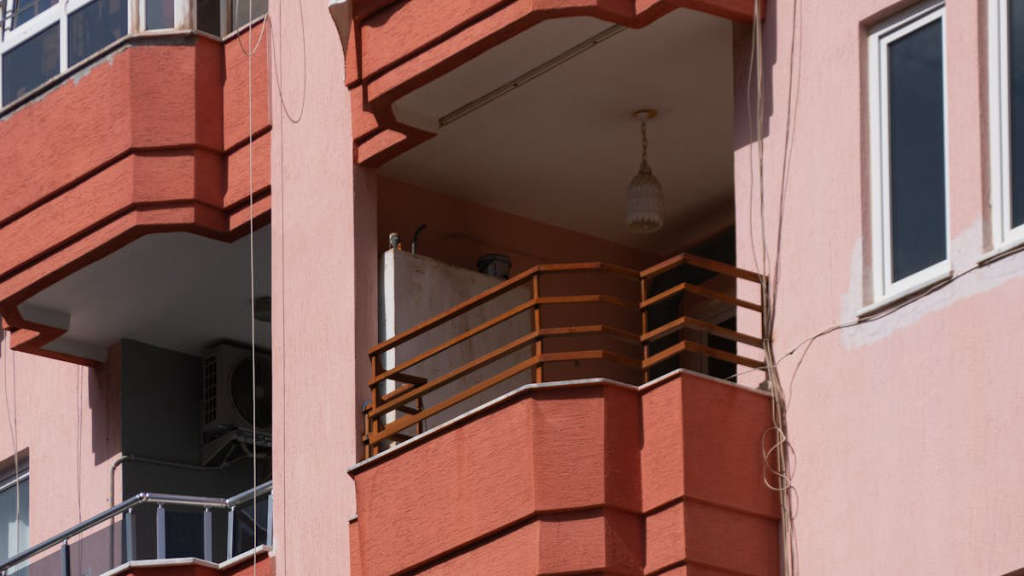
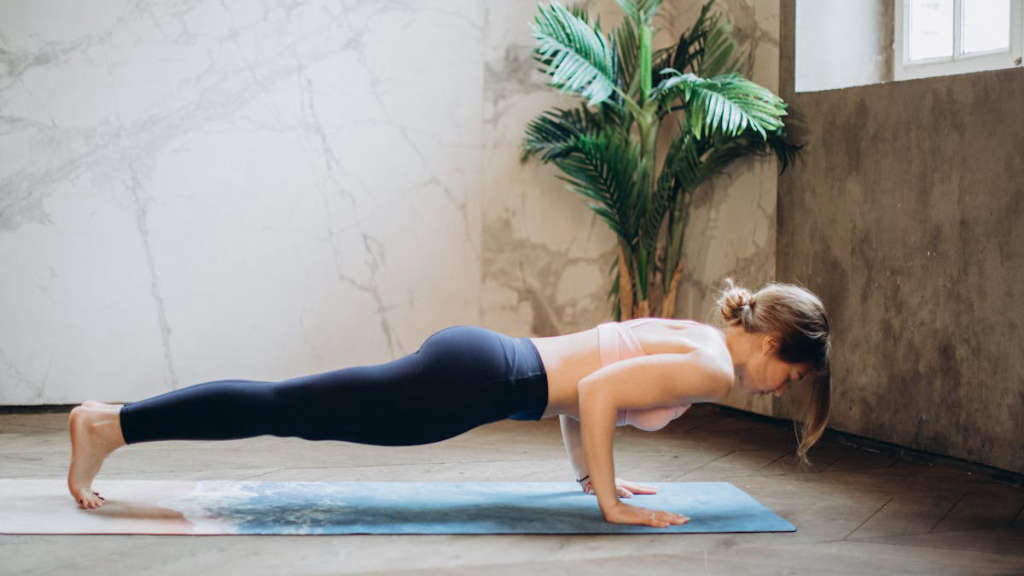


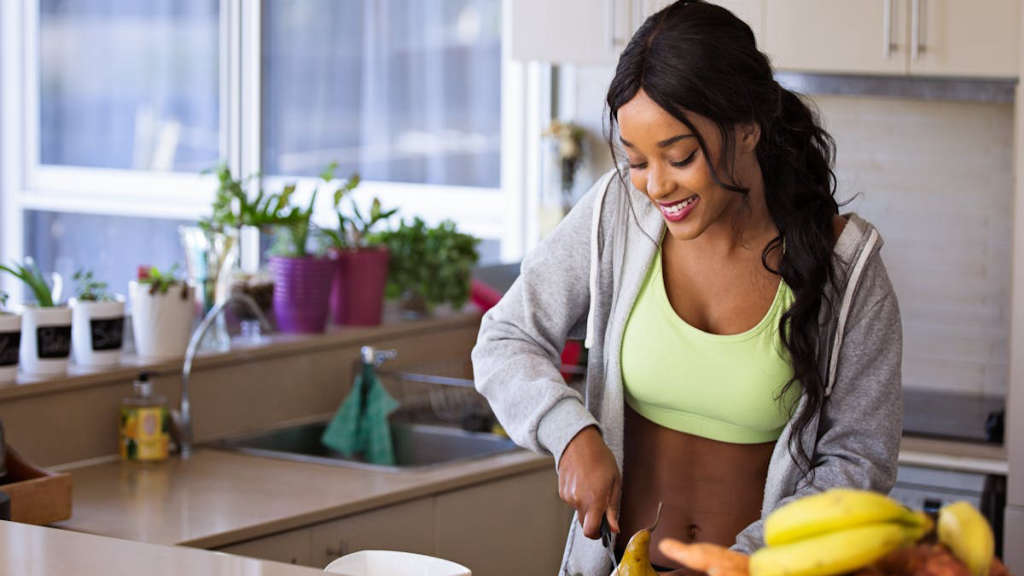
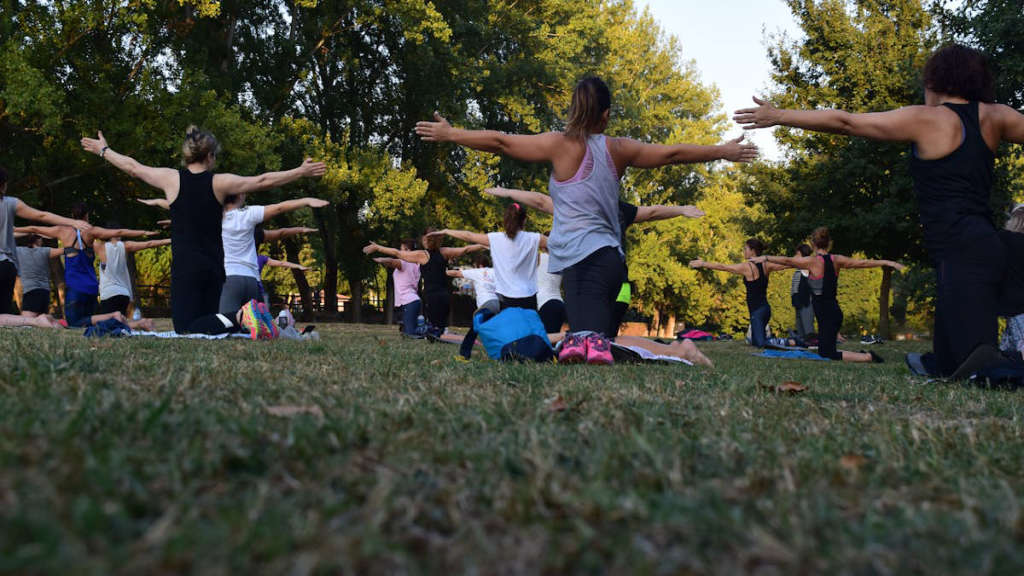


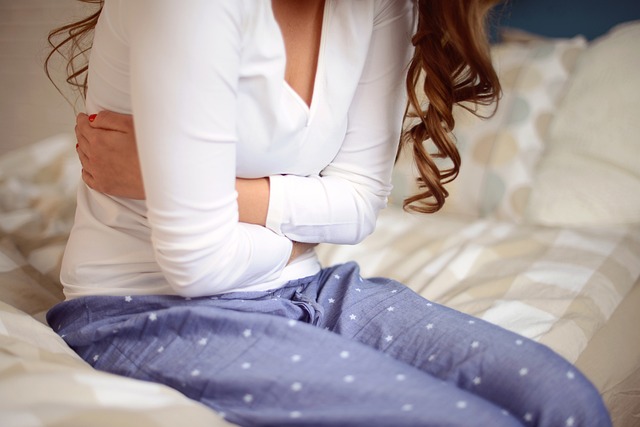

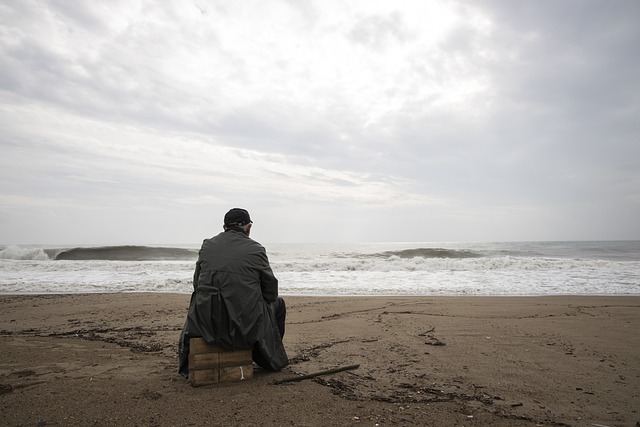


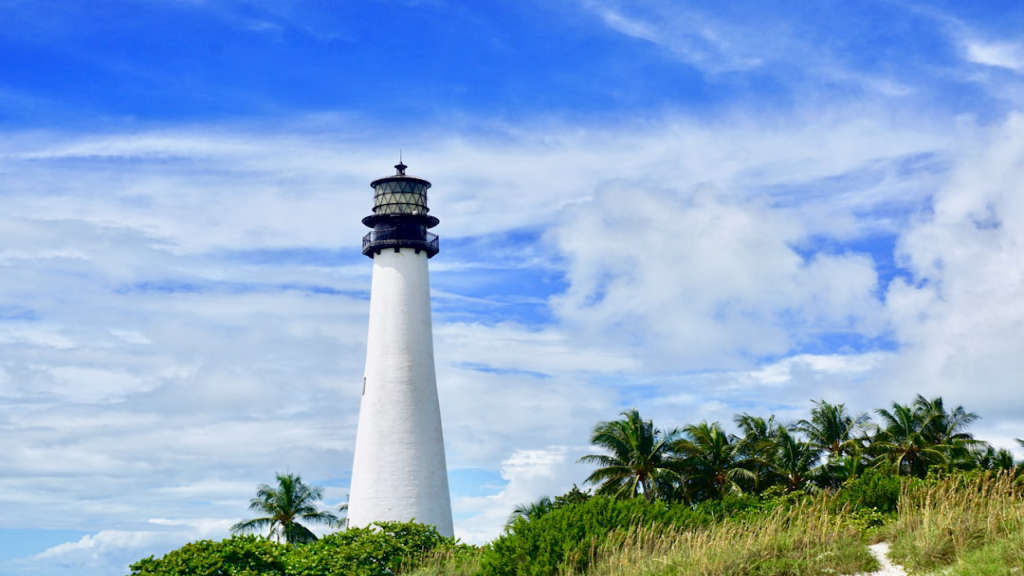








0 Comment